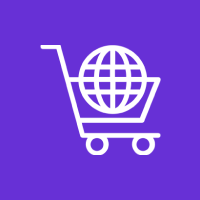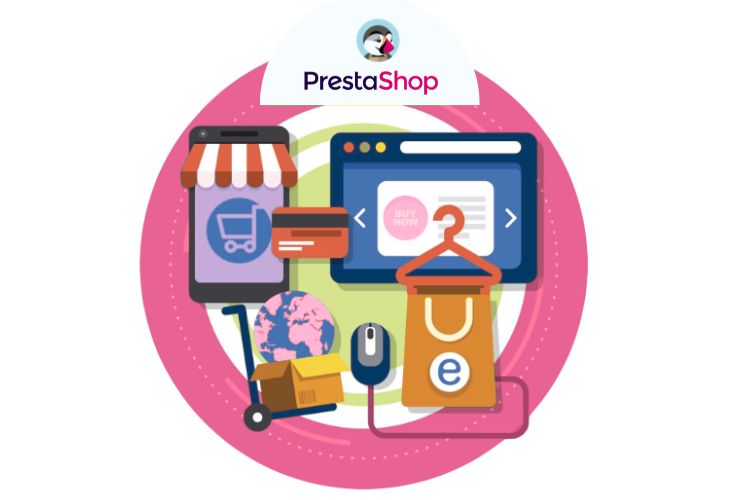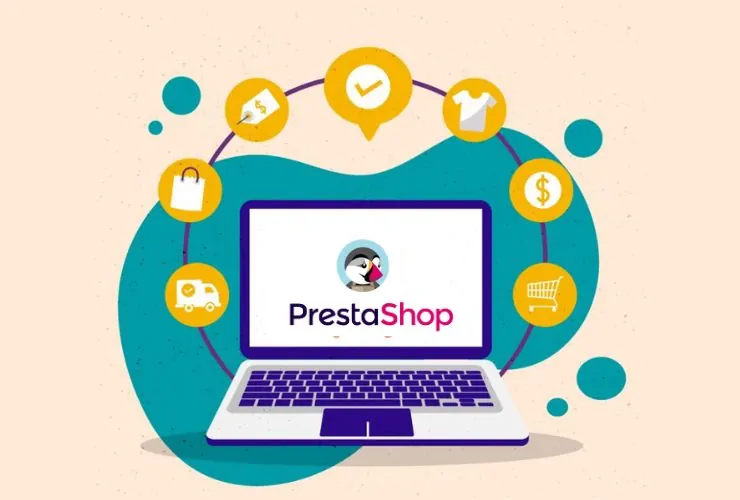eCommerce security is a number one priority in this fast-moving digital world. Cyber attacks can cause loss of income, damage your customers’ trust, and create a disaster for your PrestaShop store. Protect your shop from potential vulnerabilities by keeping up with the best practices and by using the security features in PrestaShop.
1. Keep PrestaShop and Modules Updated
Regularly updating PrestaShop will make sure that you have the latest security patches available to your store. Hackers like taking advantage of older software, so:
- Update your PrestaShop version as soon as there is a new release available
- Update modules and themes with known sources as much as you can.
2. Use a Strong Password Policy
Weak passwords are one of the major weaknesses. Enforce strict password policy for administrators, employees and customers by demanding
- At least 12 characters with different combinations of letters, numbers and symbols.
- Change passwords every so often.
3. Enable SSL Encryption
SSL encryption secures data transfer between your store and customers.
- Buy and install an SSL certificate or use free certificates like Let’s Encrypt.
- Ensure that HTTPS is enforced on your entire site to safeguard sensitive information such as credit card details.
4. Protect the Admin Panel
Your admin panel is the central nervous system of your PrestaShop store. Secure it by:
- Changing the default admin URL to something unique
- Restricting access to only specific IP addresses if possible
- Two-factor authentication (2FA).
5. Backup Your Store Regularly
Backups are essential for recovering data in case of a cyberattack or system failure.
- Use either PrestaShop modules or hosting provider tools for automatic backup.
- Store backups on a secure, off-site location or cloud storage.
6. Install a Security Module
PrestaShop has lots of security modules that would help prevent attacks. Some include:
- Security plugins for the scanning and removal of malware.
- CAPTCHA integration into your website to prevent the spamming of forms via bots.
7. Monitor and Limit User Permissions
Grant user permissions with much care. Only allow employee access based on their role.
- Review user roles and permissions regularly.
- Revoke access when employees leave your organization.
8. Implement Firewall Protection
A firewall adds an additional layer of security to your website.
- Use a Web Application Firewall (WAF) to filter malicious traffic.
- Consider cloud-based solutions like Cloudflare for added protection.
9. Secure Payment Gateways
Use trusted payment gateways that comply with PCI DSS (Payment Card Industry Data Security Standard). This ensures secure processing of transactions and protection of customer data.
10. Educate Your Team and Customers
Human error is a common cause of data breaches. Educate your team and customers about:
- Recognizing phishing attempts.
- Safe browsing practices.
- Importance of unique, strong passwords.
Conclusion
Cyber threats must be proactively addressed, and the whole process continuously monitored to protect your PrestaShop store. By following these steps, you will be able to enhance your store’s security, safeguard sensitive data, and gain customer trust. Security investing is an essential part of running a successful eCommerce business.














